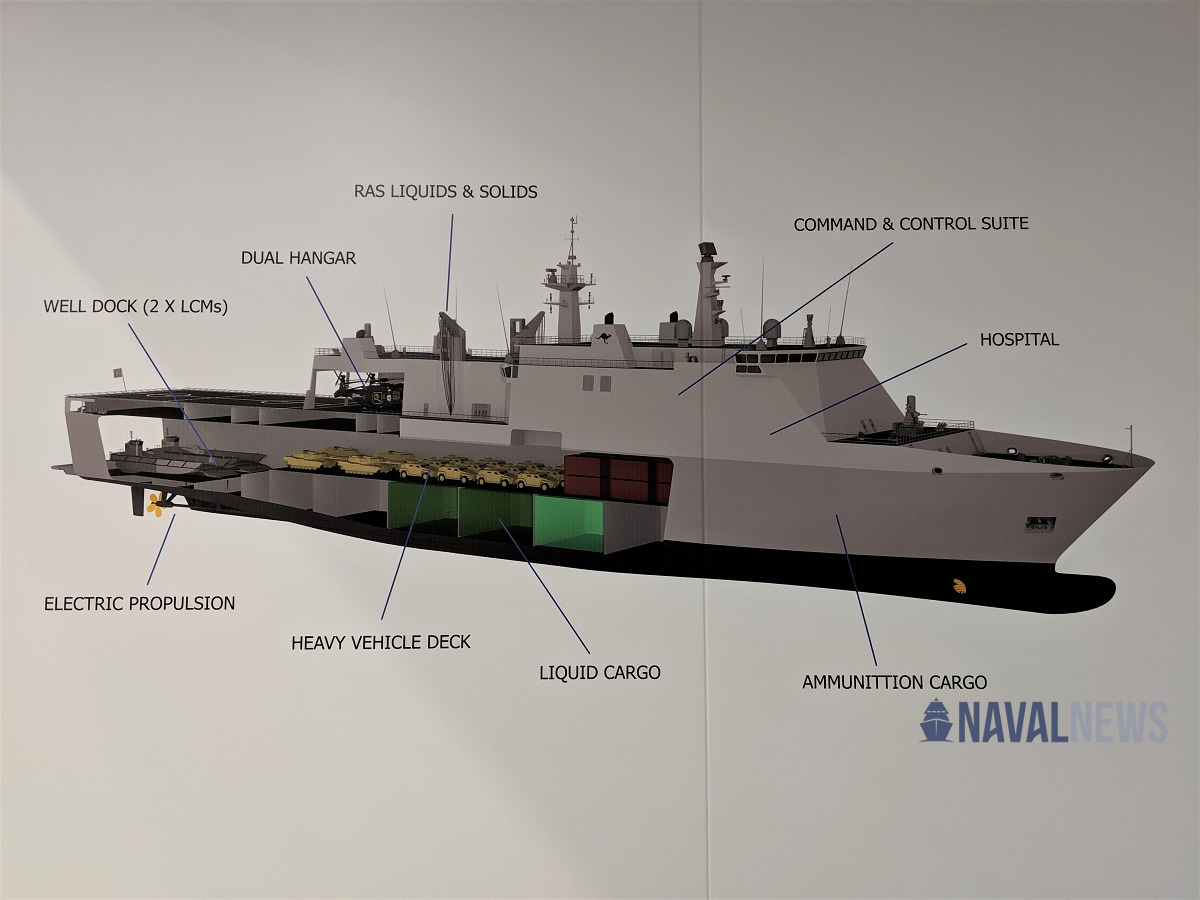Ce
If an increase in length is required then it does have some benefit in vessel growth margin as discussed earlier.
Certainly the batch 3 T42 is a very good example. I don't really have any abiding concerns about an increase in length if required as it should not (done properly) change the hull dynamics or noise rafting. It may actually reduce the potential for flow noise (again speculation as I don't have detailed knowledge of the hull modelling). Beam may be more problematic (once again ... jsut assumption) noting the T26 is pretty beamy (but marginally less than the T45 but quite a bit wider than Hobart class DDG).The example I recall is the RN Type 42 Batch 3, had a substantial increase in length over the Batch 1 and 2 ships, that supposedly resulted in an increase in speed and reduced fuel burn without changing the propulsion plant. I believe the Batch 2 and 3 Type 22s had similar, but less impressive improvements in performance over the Batch 1 ships, the later Batch 3 Type 22s with the improved Spey / Tyne COGAG propulsion were meant to have been particularly impressive.
This may however be due to original, more balanced designs being reduced to a minimum, far from ideal, length to cut costs. Returning to something approaching the original length on the Type 42 Batch 3 just returned the hull to the originally intended length to beam ratio.
An increase in length, beam, or both, means you can have more mass in the hull structure, without increasing draft or resorting to the use of ballast, counteracting some weight increases topside. Increased hull volume also means greater freedom to arrange some heavy systems lower down in the ships structure, potentially improved rafting arrangement for equipment could also be worked in, as well as improved access for maintenance.
If an increase in length is required then it does have some benefit in vessel growth margin as discussed earlier.
Last edited:




